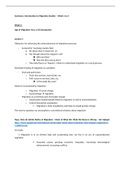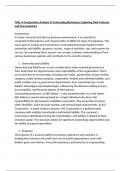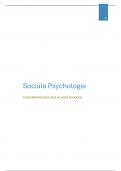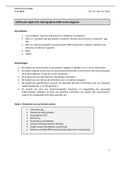Samenvatting
Summary of all the literature + lectures of the Introduction into Migration Studies course at the UvA
- Instelling
- Universiteit Van Amsterdam (UvA)
- Boek
- The Age of Migration
This summary combines all the literature and lectures from week 1 to 12 for the introduction into migration course
[Meer zien]








